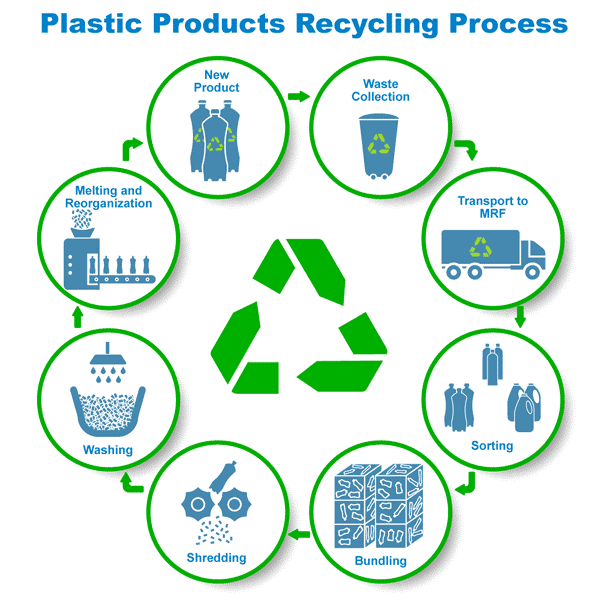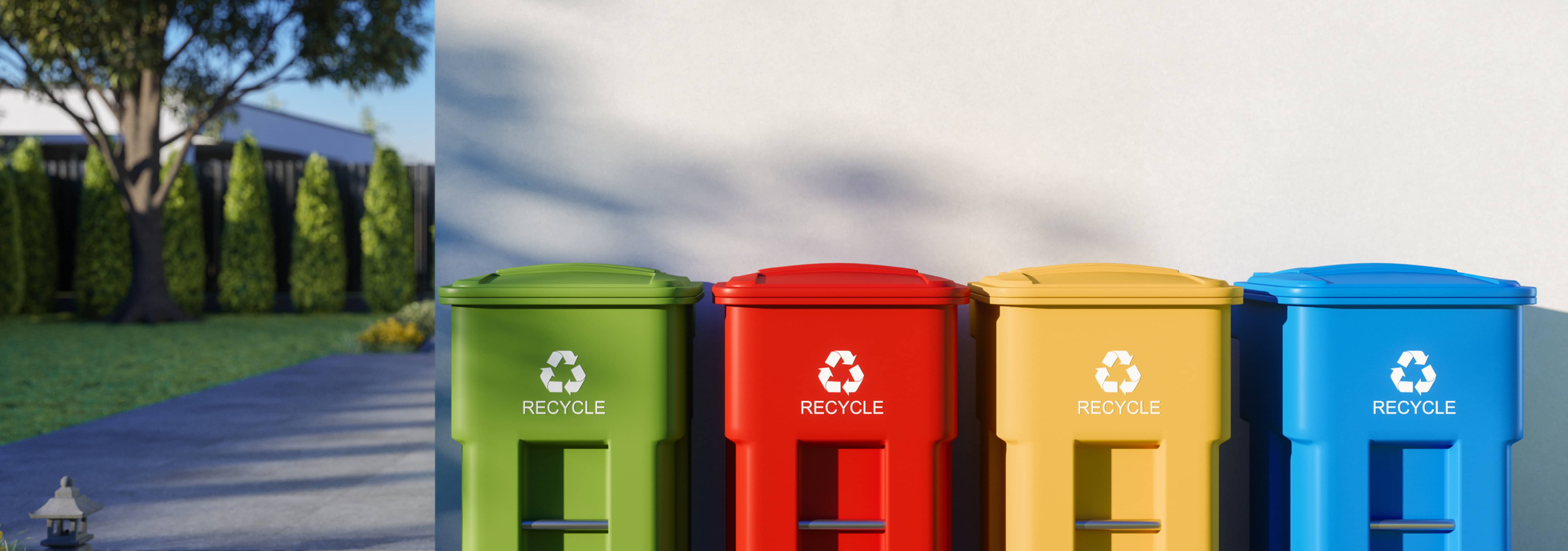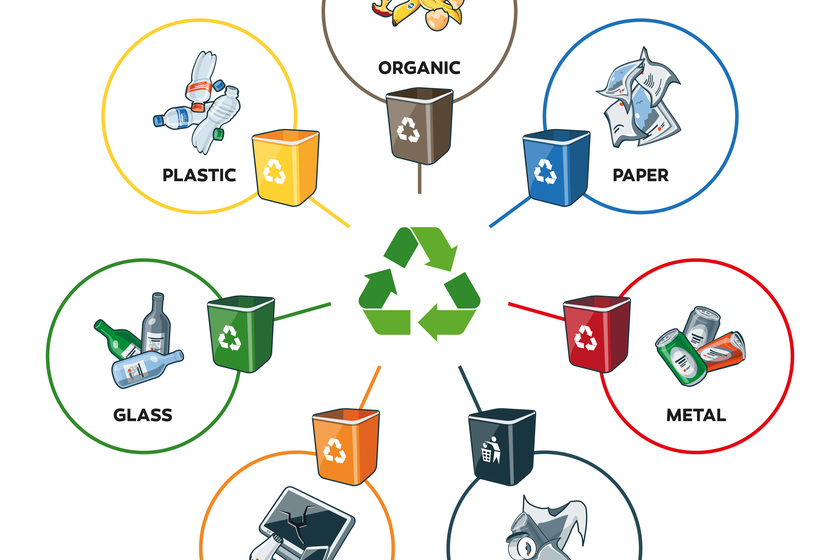The Role of Recycling Lives Services in Sustaining Neighborhood Areas
Discovering Different Sorts Of Waste in Modern Waste Administration Equipment
The modern landscape of waste monitoring includes navigating a complicated range of waste types, each needing specialized handling and disposal techniques to reduce environmental impacts. Community strong waste, harmful waste, electronic waste, and organic waste each existing distinct difficulties and possibilities for source recovery.
Community Strong Waste
Metropolitan strong waste, usually described as household garbage or waste, encompasses a selection of discarded products created by household, industrial, and institutional sources within a town. This waste stream typically consists of items such as product packaging, food scraps, yard trimmings, paper, plastics, textiles, and thrown out family goods. The management of community solid waste is a critical element of city planning and public health and wellness, requiring effective collection, transportation, and disposal systems.
Efficient waste monitoring systems are designed to minimize environmental influence while making the most of source recovery. Composting natural waste, such as food scraps and lawn trimmings, not just minimizes land fill usage but also produces valuable dirt amendments.
Communities have to additionally resolve the logistical and financial difficulties connected with waste monitoring. Implementing pay-as-you-throw systems, boosting public understanding, and purchasing modern technology can dramatically boost waste diversion prices. By incorporating these practices, towns can promote lasting areas, reduce greenhouse gas discharges, and save natural deposits.
Hazardous Waste

Effective harmful waste monitoring involves a number of essential steps: recognition, treatment, segregation, and disposal. Recognition requires the classification of waste based upon its hazardous properties. Segregation makes sure that unsafe products are saved separately from non-hazardous waste to avoid cross-contamination. Therapy approaches, such as chemical neutralization, incineration, and stablizing, are employed to decrease the toxicity, quantity, or wheelchair of the waste. Lastly, disposal alternatives, including secure garbage dumps and below ground storage, are selected to make sure lasting control.
Regulatory structures, such as the Source Conservation and Healing Act (RCRA) in the United States, supply standards and requirements for contaminated materials management. Adherence to these guidelines, combined with improvements in waste therapy innovations, is important in alleviating the dangers linked with contaminated materials.
Electronic Waste
Digital waste, frequently described as e-waste, represents a rapidly expanding difficulty in waste administration systems globally. This kind of waste includes disposed of electronic devices and equipment such as mobile phones, computers, tvs, and other electronic appliances. The rapid pace of technological innovation, paired with lowering product lifespans and consumer need for the most recent tools, has greatly raised the volume of e-waste created yearly.
E-waste Home Page is especially bothersome as a result of its complicated composition, typically consisting of dangerous substances like cadmium, lead, and mercury, which position significant environmental and health and wellness threats otherwise properly handled. Conversely, e-waste also contains important materials such as gold, silver, and copper, which can be recovered and recycled. The twin nature of e-waste-- both beneficial and harmful-- requires specific handling, reusing, and disposal processes.
Reliable e-waste monitoring entails rigorous regulatory frameworks, robust collection systems, and advanced recycling modern technologies. Public recognition and involvement are vital, as improper disposal methods, such as prohibited unloading and casual recycling, exacerbate environmental contamination and health and wellness threats. As a result, enhancing e-waste monitoring techniques is essential for reducing eco-friendly influence and recovering important sources in an increasingly digital world.

Organic Waste
Organic waste, making up cooking area scraps, lawn trimmings, and agricultural deposits, represents a significant part of the international website link waste stream. This type of waste is biodegradable, suggesting it can be broken down by microbes into simpler organic substances. Despite its capacity for all-natural decay, incorrect administration of natural waste can cause unfavorable ecological influences, including the emission of greenhouse gases such as methane, which add to environment change.
Reliable management of natural waste is vital for reducing these environmental impacts (recycling lives services). Composting is an extensively embraced method, changing organic waste into nutrient-rich garden compost that can enhance soil health and wellness and farming performance. Furthermore, anaerobic food digestion is an emerging innovation that converts organic waste into biogas, a renewable energy resource, and digestate, which can be made use of as fertilizer
Municipalities and waste management entities must execute durable natural waste collection and therapy programs to make the most of the benefits of these procedures. Public education campaigns can additionally play a critical role in encouraging households and businesses to separate organic waste from other kinds of waste. By prioritizing the administration of natural waste, cultures can reduce landfill use, lower greenhouse gas emissions, and develop beneficial results for farming use.

Innovative Waste Monitoring
In the world of waste management, cutting-edge methods are changing just how cultures manage their refuse, intending for sustainability and efficiency. One popular advancement is the execution of clever waste containers equipped with sensing units that site here check fill degrees and maximize collection paths.
An additional noteworthy development is the fostering of waste-to-energy (WtE) modern technologies. By transforming non-recyclable waste right into functional energy via procedures such as incineration and anaerobic digestion, WtE minimizes landfill concern and provides a sustainable energy resource. Moreover, innovations in chemical reusing enable the break down of complex plastics into their original monomers, allowing the creation of brand-new, high-quality plastic items.
Furthermore, the circular economy version is getting traction, stressing the layout of products and systems that prioritize reusability and resource efficiency. This alternative method motivates sectors to reduce waste generation from the start. Through these innovative techniques, modern waste administration systems are not only attending to the prompt challenges of garbage disposal yet additionally leading the way for a more lasting future.
Verdict
A detailed understanding of local solid waste, harmful waste, digital waste, and natural waste, combined with the implementation of ingenious waste monitoring services, is crucial for minimizing environmental effects. Incorporating innovations such as smart waste bins and waste-to-energy systems can enhance performance and sustainability. Efficient waste management methods not just foster resource recuperation however additionally advertise public understanding and engagement, inevitably contributing to the growth of a circular economic situation.
The contemporary landscape of waste management involves browsing a complicated range of waste types, each calling for specialized handling and disposal techniques to alleviate ecological influences. Community strong waste, harmful waste, electronic waste, and organic waste each existing unique obstacles and chances for source recuperation.Digital waste, typically referred to as e-waste, represents a swiftly expanding difficulty in waste monitoring systems around the world. Via these cutting-edge methods, modern waste monitoring systems are not just resolving the immediate challenges of waste disposal but additionally leading the way for an extra lasting future.
A detailed understanding of community strong waste, hazardous waste, digital waste, and organic waste, paired with the application of innovative waste administration solutions, is necessary for reducing ecological influences. (recycling lives services)